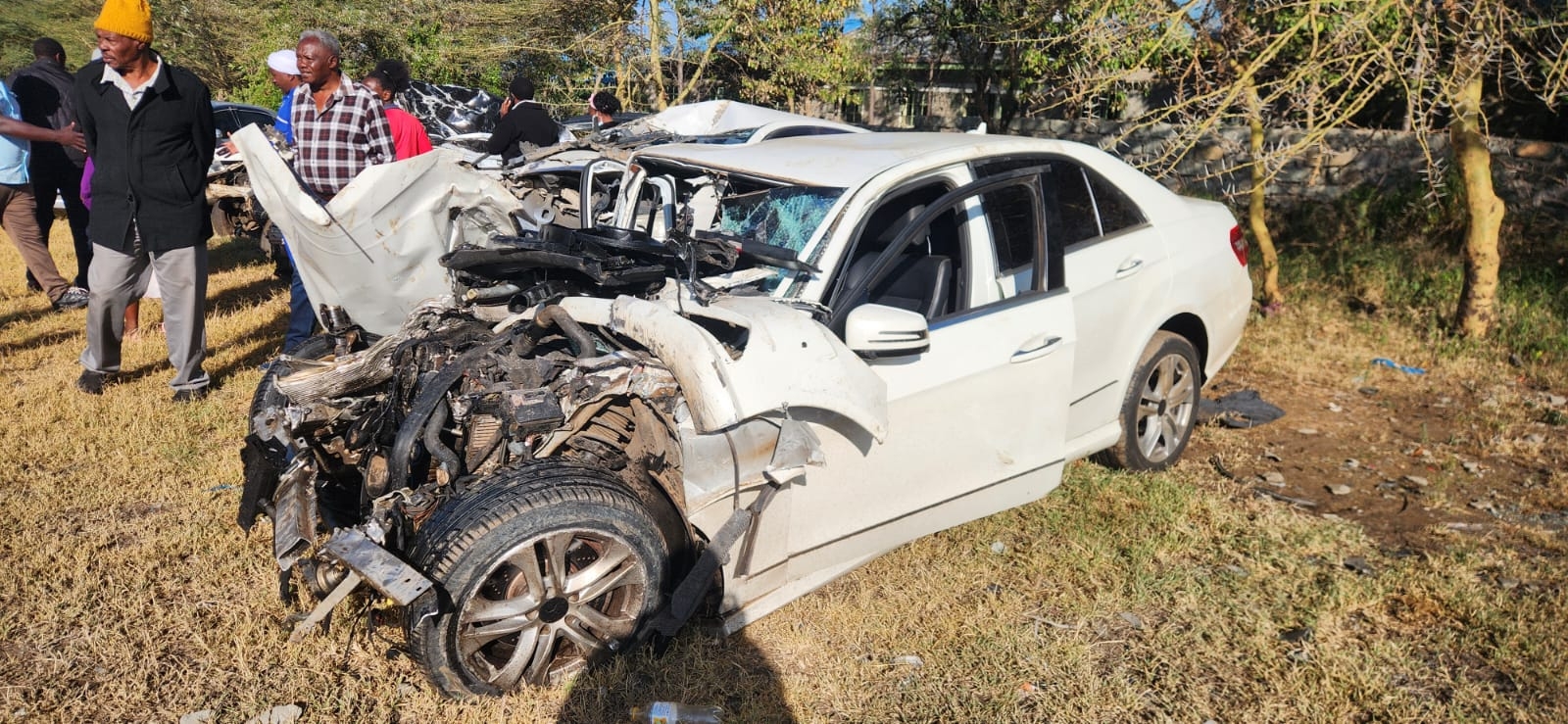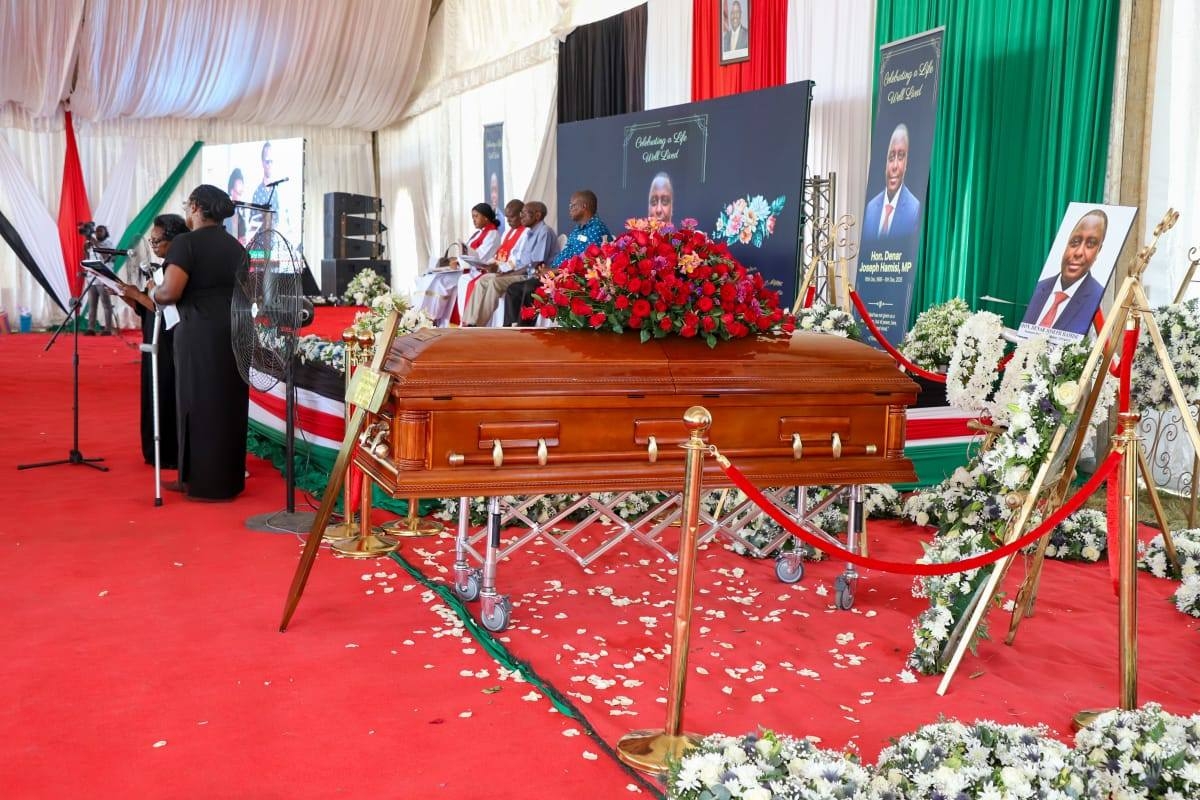
 Court gavel/FILE
Court gavel/FILEAfter more than six years of court proceedings, the High
Court in Kitale has found Samuel Kamau Maina guilty of the murder of his
mother, Nancy Wanjiru Maina, ruling that the evidence against him was
“overwhelming.”
Delivering the judgment on June 10, 2025, Justice Robert
Limo convicted Maina, who had been charged under Section 203 as read with
Section 204 of the Penal Code, for the unlawful killing that occurred on February
17, 2019, at Tiwani Village in Trans Nzoia County.
The trial opened following the recovery of Nancy Wanjiru’s
lifeless body on the morning of February 17, 2019.
According to Wanjiru’s sister, Jane Wateto Ndungu, she was
awakened at about 8:30am by her daughter, who informed her that Maina was
outside asking after his mother.
She said Maina claimed he had traveled from Nairobi to see
his mother but could not find her.
She said she gave him a phone to call around, but at around
10am, another sister, Grace Wangare Ndungu, arrived and called Maina herself.
Wateto said that is when they learned of her sister’s death.
The sisters rushed to the deceased’s house, where they found
Maina lying under an avocado tree.
Wateto recounted that Maina let them in and they found their
sister lying dead on the floor, with her legs near the door. The bedroom looked
disturbed.
Another sister, Mary Muthoni Mureithi, who arrived shortly
after, recalled Maina telling her that Wanjiru had died after falling from her
bed due to a blood pressure spike and hitting her neck.
But when Muthoni saw the tongue protruding from her sister’s
mouth at the mortuary, she became suspicious and reported her observations to
the police.
A post-mortem conducted by Dr Alex Barasa on February 19, 2019,
confirmed her fears.
“The body had multiple bruises on the face, elbow joints,
chest, and right shoulder,” he testified.
“The cause of death was strangulation.”
Investigations led to the recovery of blood-stained clothes
belonging to both the deceased and the accused.
Muthoni testified that the Maina’s clothes were found hidden
under sacks in a store within the compound.
She identified a jumper, striped shirt and blouse as the
deceased’s clothes found under her bed.
Forensic analysis conducted by government chemist Polycarp
Lutta Kweyu was pivotal.
He received four items, including the blood-stained blouse
and jumper of the deceased and the striped shirt of the accused.
“DNA profiles from the deceased’s clothes matched her blood.
The shirt belonging to the accused had human blood matching a male biological
child of the deceased,” he testified.
The investigating officer, PC Jonathan Otieno, corroborated
the forensic findings, stating that he took over from Sgt. Lennox Barasa, whose
report he submitted in court.
He also presented the blood-stained clothes as exhibits.
Throughout the trial, the accused denied the charges.
Testifying in his defence, Maina claimed that he last saw
his mother on February 14, 2019.
On February 17, 2019, he said, he visited her house, found
the gate locked, and later broke in to discover her lifeless body.
“I did not see any injuries,” he said, denying involvement
in her death and asserting he had no key to the house.
However, Justice Limo found this defence unconvincing.
“The evidence shows the deceased was strangled after a
struggle,” the judge said.
“Her son was the only other person present. The DNA findings
place him at the scene with stained clothing. This was not a sudden incident
but a deliberate, heinous act.”
The judge noted the absence of eyewitnesses but held that
the circumstantial evidence “positively links the accused with the cause of
death.”
He pointed to the accused’s demeanour, calm and unaffected, as
observed by his aunts.
“He showed no shock. He knew what he had done,” Justice Limo
remarked.
The court also cited Section 206 of the Penal Code on malice
aforethought.
“The nature of injuries, the bruises and the transected
trachea and oesophagus, indicates a violent, intentional act. The deceased died
a painful death at the hands of her own son,” the judge observed.
The prosecution, which did not file final submissions,
relied solely on the strength of their evidence.
The defence also opted not to file submissions, leaving the
matter for the court’s determination.
In the end, the court ruled that the prosecution had proved
beyond reasonable doubt all three key elements required for a murder
conviction: the fact and cause of death, the unlawful act (actus reus), and
malice aforethought (mens rea).
“The deceased tried to get him away by giving him money to
go to Narok, but he returned to commit a most unfortunate and regrettable act,”
Justice Limo concluded.
Maina was convicted of murder. The matter now awaits sentencing.
















